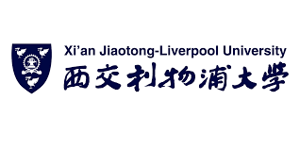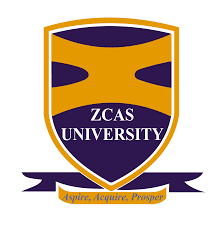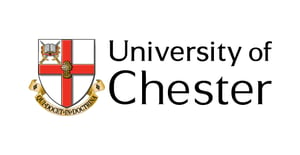To introduce students to accounting, this Edubook uses various animations, videos and gamification techniques - which have been added to explain the content in detail and make the subject more engaging. Also to improve the student experience and enhance learning for everyone. Case studies provide students the opportunity to put the theory into practice immediately.
Many interim practice assignments and case studies are provided with integrated feedback. Students are taken step by step into the their subject. The Edubook provides feedback in different stages. Providing hints first, showing relevant theory second, showing different calculations and finally providing the right answer. Thanks to the feedback, students can do the exercise material independently. Ideal for distance learning. 
The students log on using their eduroam account. Lecturers are able to monitor performance, motivation and can provide specific or generic feedback. The lecturer dashboard provides the opportunity to have visibility on student performance (and engagement) at both an individual level, cohort level, as well as by topic.
In the Management Accounting Edubook students learn how to make decisions based on their own calculations and interpretations. Topics include cost allocations, pricing, methods of cost calculations, cost reduction, and different control systems. The Edubook can be used at various levels within different modules. In terms of level, it fits in perfectly with first year and second year undergraduate programmes with a financial focus. This also includes courses or modules on topcis such as: facility management, logistics, business administration, hotel management, and marketing.
In cost price calculations, the difference between the concepts of fixed and variable costs, direct and indirect costs are described in detail. The concepts are not only explained in plain text, but also visually and through formulas and calculations. In addition, the cost calculations: absorption costing and direct costing are discussed, with attention being paid to the cost price, the operating result and the influence of changes in inventory. Students are trained step by step through interim exercise assignments.
Within the theme of cost reduction, the following question is addressed: how can indirect costs be calculated in the cost price? This appears to be challenging, especially when there are multiple products being produced (heterogeneous production). Various simple and complex specialization methods are offered, such as the storage method, the cost centre method and activity-based costing.
Furthermore, break-even and difference analysis are also covered in the Edubook. The break-even analysis focuses on calculating the break-even point and leverage whereas the difference analysis focuses on the budget, efficiency, price, and occupancy difference.
In addition to theory, the Management Accounting Edubook contains a large number of (digital) assignments and case studies that provide students with the opportunity to practise theory in relevant cases. Each module concludes with various practice assignments, placed in different levels from one (beginner) to three stars (advanced).
Questions covered in the Management Accounting Edubook:
This Edubook provides great insight to students and their own learning achievements, progress, and activities. It also shows lecturers the level of each student or entire class, which subjects they are struggling with and how much time they spend on each section/activity.
As a digital publisher, this data also informs our product development and updates and highlights where we can improve our services and enhance learning effectiveness.
More information or request directly?
Edubooks combine all learning resources from one subject into one place; they replace the standard text book with a format that encompasses articles, theories, case studies, exercises and assignments, and even exams. In principle, the Edubook is often used as an online app or ebook, providing students with all the functionalities students come to expect from contemporary e-learning. The Edubook also has a printing function for people who prefer to work on content in hard-copy format.

.png?length=300&name=unnamed%20(11).png)
.png?length=300&name=unnamed%20(7).png)
.png?length=300&name=unnamed%20(8).png)
.png?length=300&name=unnamed%20(6).png)

.png?length=300&name=unnamed%20(10).png)
.png?length=300&name=unnamed%20(5).png)
.png?length=300&name=unnamed%20(9).png)
.png?length=300&name=unnamed%20(4).png)
.png?length=300&name=unnamed%20(2).png)
.png?length=300&name=unnamed%20(1).png)
.png?length=300&name=unnamed%20(3).png)
.jpg?length=300&name=unnamed%20(2).jpg)





.png?length=300&name=loughborough-university-logo%20(small).png)


 Management simulation
Management simulation Edubook
Edubook
application recieved
We have received your question and we will return to you within 24 hours on workdays.